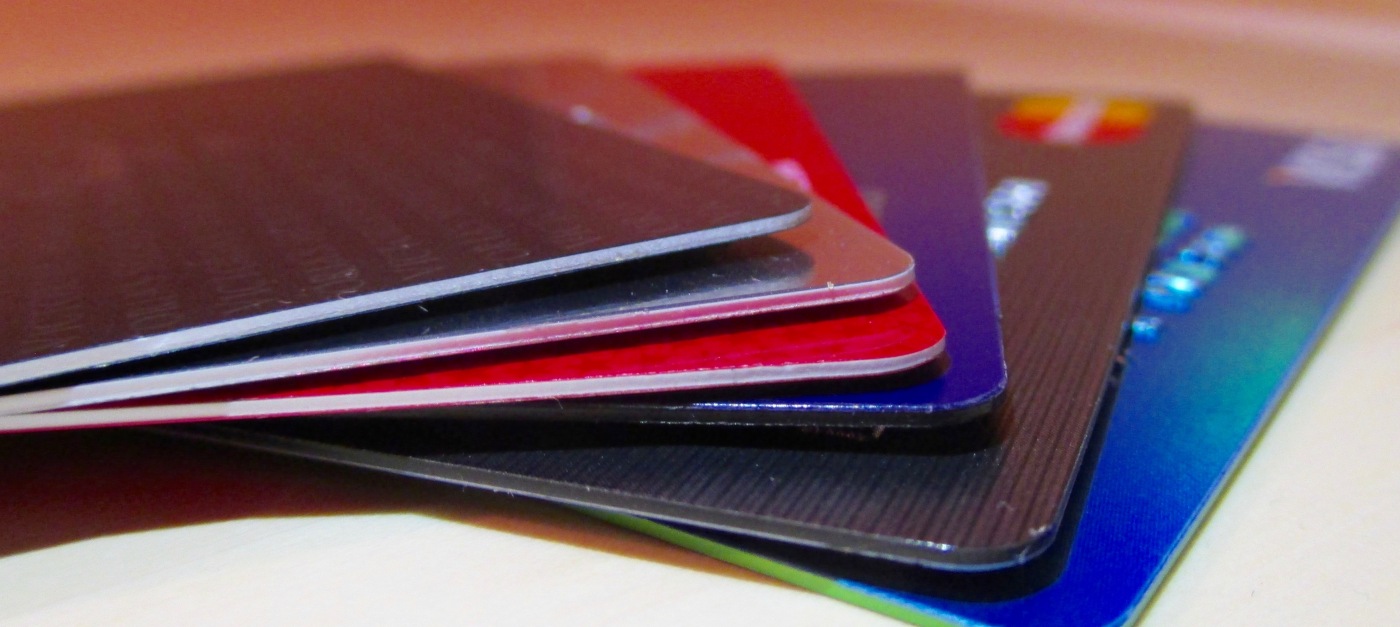A few weeks ago I was emailed by my banking institution that they were sending me a new card and that my old one would soon be deactivated. What was different about this new card? Nothing, except that the new card now had a small chip on it. Come to think about it, my credit card had a chip on it too. And all of a sudden, when I went to places like target they would ask me to pay with the chip and insert it into a new slot. What was going on? After all these encounters I decided to do a little digging.
What are EMV chips and why is there a major push for these new cards?
EMV chips which stands for Europay, MasterCard and Visa are seen as a solution to recent large scale data breaches, and numerous counterfeit card fraud occurrences. Card companies are using EMV chips to reduce the amount and cost of fraud. Perhaps you’ve noticed that checkout card readers in your local store have an additional entry point for cards now. This is because retailers are required to add new technology that is compliant with EMV chips and they also must be compliant to new liability rules. As of October 1, 2015, if a retailer hasn’t upgraded to being EMV compliant, and an instance of fraud occurs, they will be held accountable instead of your card company for the financial damages. Overall EMV chips are an additional measure to combat card fraud.
What makes EMV cards safer than regular cards?
The new golden chip you see on your card may be small, but it makes a big difference in the case of protecting you against fraud. Traditional cards with magnetic strips contain data that doesn’t change. This means that whoever accesses this data will gain sensitive information that they can easily use to make purchases over and over again. However, when EMV cards are used for payment, it creates a unique transaction ID that can’t be used again. This means that if someone stole the chips information from a transaction, the code couldn’t be reused for any other transaction. In addition to this EMV cards use a four digit pin to verify the user’s identity, which is more secure than someone’s signature.
How do I make purchases with an EMV card?
Instead of swiping your card, you’re going to insert your card into the bottom slot of the same machine you would have swiped your card on and wait for the machine to process the purchase, this is called ‘card dipping’. While the machine is processing the purchase, data is being sent to the card’s financial institution to make sure that the card is legitimate. If the institution deems it as legitimate, it will create a unique transaction ID. In comparison to swiping, this process is much slower but may speed up as EMV card dipping becomes the standard across the US.
Can EMV cards still be swiped?
The first iteration of EMV cards will have both EMV chip and magnetic strip purchase capabilities. This means that you will still be able to use your card at any store that you’ve been able to use your old card at before. According to creditcards.com, “EMV-readiness may not reach a 90 percent adoption threshold until 2017”. So it may be awhile until you start worrying about store not having card swiping functionality.
Can I use my EMV card when I travel?
Because the U.S. is the last of the major markets to convert to EMV chips, it is very likely that you will be able to use your card when you travel outside of the country. EMV chips are a norm for many other countries, most notably Europe, so the transition should not be too noticeable.
EMV cards are essentially the next step in evolution when it comes to keeping our financial security. The process isn’t much different from what we’re currently using. However, this new technology will exponentially protect us from card fraud. For more information on protecting your financial information check out What is Identify Theft and how to Protect Yourself From it.
Is there another personal financial topic you would like to learn more about? Comment below or send your inquiries to stashadvisor@gmail.com. We are all about bringing you the most value!
This blog post is provided for discussion purposes, and is not intended as professional financial advice. It’s intent is not to be used as the sole basis for your investment or tax planning decisions. To get more information please speak with a financial planner. Under no circumstances does this information represent a recommendation to buy or sell securities.
